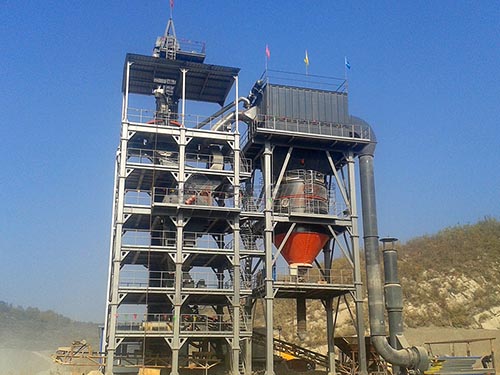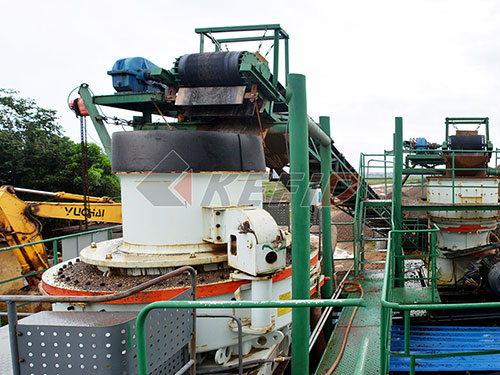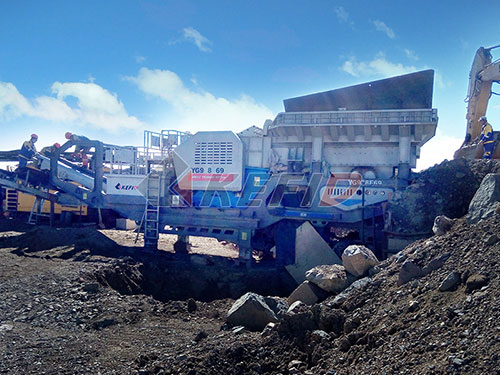The Mighty Metal Munchers: Unveiling the Power & Purpose of Junk Yard Car Crushers
The image is iconic and visceral: a massive hydraulic press descending upon a derelict sedan, crumpling steel like tin foil in seconds. This is the domain of the Junk Yard Car Crusher, far more than just a spectacle of destruction. These industrial behemoths are vital cogs in the global recycling machine, transforming automotive graveyards into efficient hubs for resource recovery and environmental stewardship.
Beyond the Crunch: What Exactly Are They?
Car crushers are powerful hydraulic machines specifically designed to compact end-of-life vehicles (ELVs) into dense, manageable blocks or “pancakes.” Primarily found in auto salvage yards and dedicated scrap metal processing facilities, they come in two main flavors:

1. Logger/Baler Crushers: These vertically-oriented machines use immense hydraulic force to crush cars downward into compact rectangular logs or bales, typically stacked for efficient transport.
2. Flatteners/Pancake Crushers: Often featuring a large moving plate or lid, these crush cars horizontally into flat slabs or pancakes.

The Engineered Powerhouse:
Modern car crushers are feats of hydraulic engineering:
Hydraulic Rams: Generating pressures measured in hundreds or even thousands of tons.
Reinforced Structure: Built from incredibly thick steel plates to withstand repeated crushing cycles without deformation.
Control Systems: Operators manage the crushing cycle from safety cages using hydraulic controls.
Safety Features: Emergency stops, safety interlocks on access doors/hatches, and protective cages are paramount.
Why Crush? The Critical Role in Salvage & Recycling:
The act of crushing serves multiple essential purposes:
1. Volume Reduction: A single crushed car takes up roughly 80-90% less space than an intact vehicle. This drastically increases storage capacity within salvage yards and dramatically reduces transportation costs when shipping scrap metal to mills.
2. Efficient Material Handling: Dense blocks are far easier and safer to move using forklifts or cranes compared to whole cars prone to shifting loads.
3. Optimizing Scrap Value: Mills prefer denser material bundles (“charge”) for their furnaces as it melts more efficiently than loose scrap.
4. Environmental Protection: Crucially, crushing is typically one of the final steps. Before crushing:
Fluids are Drained: Engine oil,

Leave a Reply